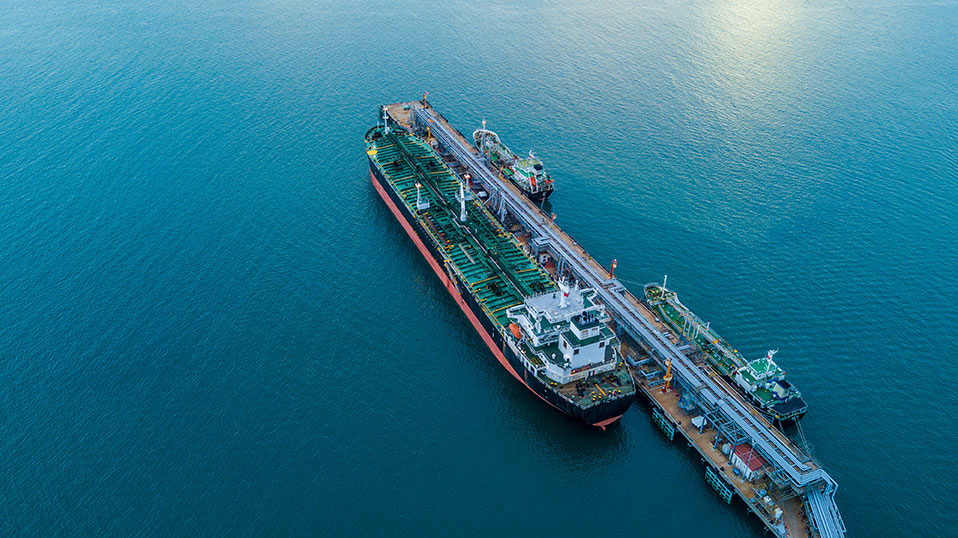NuStar Executive Expects Texas Hub's Crude Loadings to Double This Month
(Reuters) — Crude loadings out of NuStar Energy LP’s Corpus Christi, Texas, export terminal will more than double, to about 500,000 barrels per day (bpd), by month’s end, an executive of the oil pipeline and storage operator said on Friday.
NuStar also expects loadings to reach up to 700,000 bpd by year-end, Danny Oliver, a NuStar senior vice president, said in an interview. NuStar earlier this year had loaded a monthly average of 200,000 bpd and reached 280,000 bpd last week, according to consultancy RBN Energy, as new shale pipelines to the U.S. Gulf Coast opened last month.
The increase stems from crude arriving on EPIC Midstream and Plains All American Pipeline LP lines from the Permian Basin of West Texas and New Mexico. Last week, overall crude loadings at the Corpus Christi, Texas, export hub hit a record 1 million bpd.
San Antonio, Texas-based NuStar said in mid-August it loaded the first shipment of Permian crude for export from its South Texas terminal after crude service began on Plains’ 670,000-bpd Cactus II oil pipeline.
Oliver estimated Cactus II and EPIC, both of which connect to NuStar’s terminal, are transporting 850,000 bpd into Corpus Christi, shy of their combined capacity of more than 1 bpd.
“They’ll have to grow into that,” he said. “These lines aren’t going to start up full. But (more capacity) will be needed eventually.”
A connection to Phillips 66’s 900,000 bpd Gray Oak pipeline, now under construction from the Permian, is set to be finished by the end of September, though it is not clear when flows will begin. The NuStar terminal’s top shipper is global commodities trader Trafigura AG, Oliver said.
“With our existing assets, we’ve been able to get 500,000-700,000 bpd with very little new capital,” Oliver said. “We have room to grow into our full capacity, it would just take building more barrels of storage.”
NuStar is set to finish constructing 600,000 barrels of new storage at the terminal by year-end. It may add another 1.5 million barrels of storage over about 15 months, with a total capacity of 5.4 million barrels.

- Keystone Oil Pipeline Resumes Operations After Temporary Shutdown
- Freeport LNG Plant Runs Near Zero Consumption for Fifth Day
- Biden Administration Buys Oil for Emergency Reserve Above Target Price
- Mexico Seizes Air Liquide's Hydrogen Plant at Pemex Refinery
- Enbridge to Invest $500 Million in Pipeline Assets, Including Expansion of 850-Mile Gray Oak Pipeline





Comments